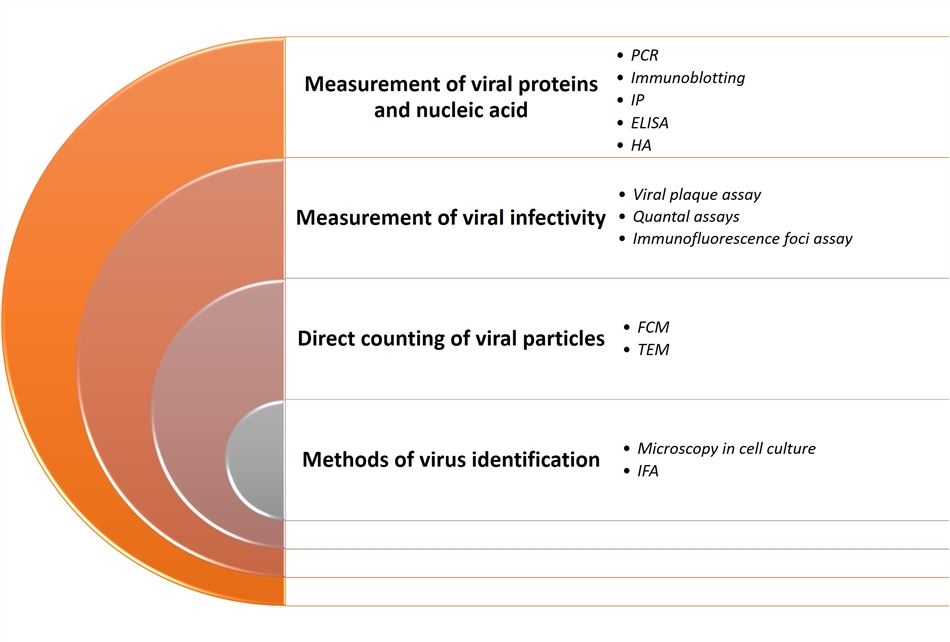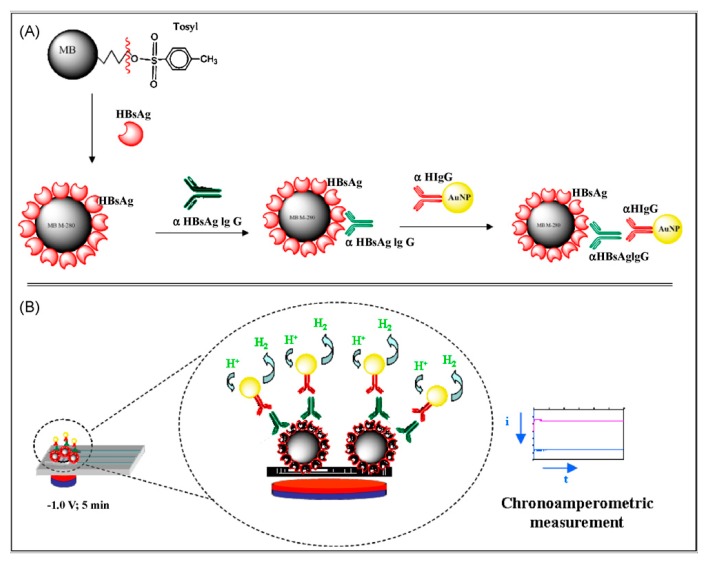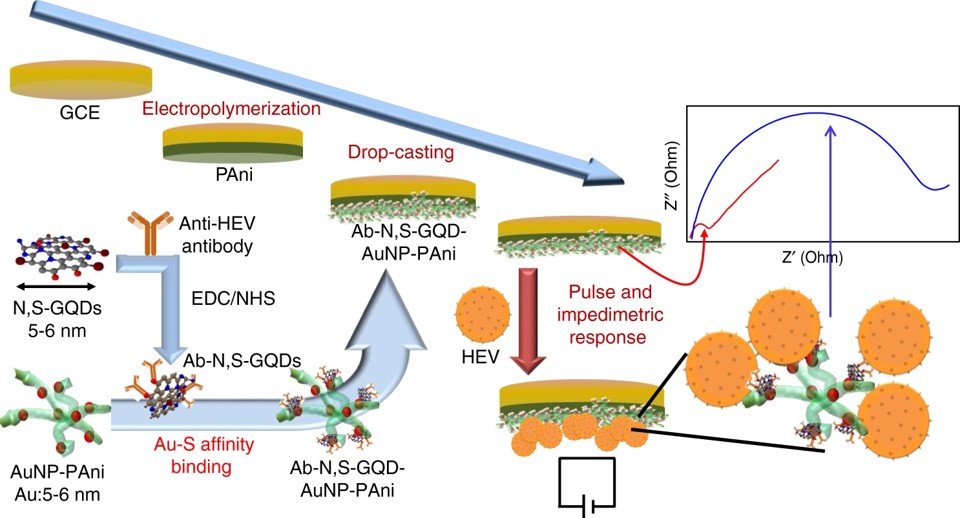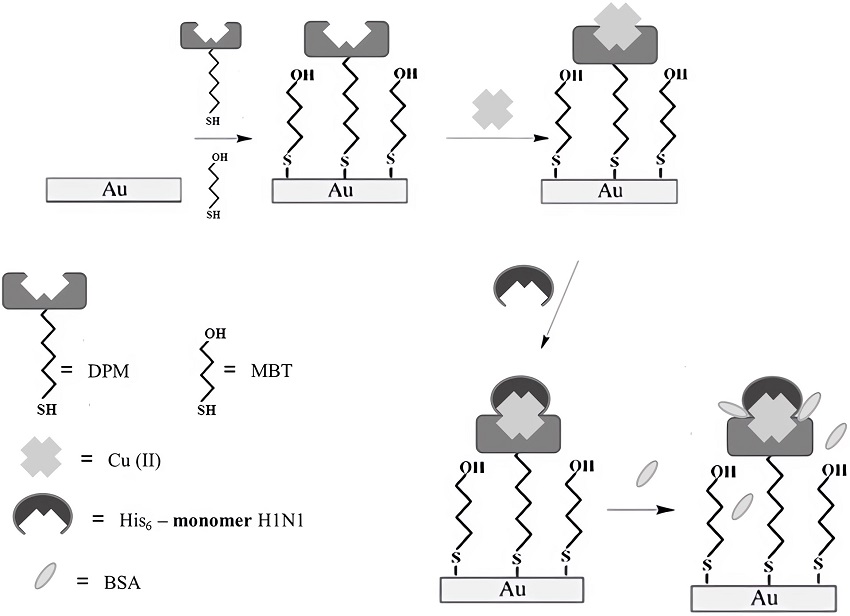Electrochemical biosensors have aroused burgeoning attention because of its intrinsic strengths such as cost-effectivity, flexibility, miniaturized instrumentation, and excellent sensitivity. Virus has a very simple structure consisting of genetic material in the form of DNA or RNA within a protein capsule. Electrochemical biosensors provide different strategies for virus detection. With years of experience, Creative Biolabs provides electrochemical biosensor development services, aiming to offer efficient virus detection tools for customers around the world.
Introduction
During last few decades, virus borne infectious diseases causing outbreaks and become the major concern of today's world which includes influenza virus, human immune deficiency virus (HIV), Ebola virus (EBV), Zika virus (ZIKV), dengue virus (DENV), hepatitis virus and most recently COVID-19. Up to now, many techniques have been developed to identify virus. The conventional methods for detecting viruses are expensive, time-consuming, often poor reproducible, and specialist facilities/trained personnel dependent. These methods can be categorized as Figure 1 shown. Recent years, electrochemical biosensors have emerged as reliable analytical devices and represent a new promising tool for the detection of different pathogenic viruses.
 Fig.1 Virus detection approaches.
Fig.1 Virus detection approaches.
Electrochemical Biosensors for Virus Detection
Electrochemical biosensors are the biosensing devices containing electrochemical transducer that transforms biochemical information. It usually depends on the enzymatic catalysis reaction between the immobilized biomolecules and the targeted analyte that produces electrons and affects the electrical properties of the solution. Among the various kinds of biosensors, the following three types are primarily focused.
- Electrochemical impedance biosensor
- Electrochemical immunosensors
- DNA based biosensor
Detection Example
For instance, hepatitis B virus (HBV) can be detected with electrochemical biosensors. People who are exposed to the virus will accordingly show normally IgG antibodies against hepatitis B surface antigen. These antibodies can be used as a recognition element. An electrochemical biosensor based on a sandwich immunoassay was used for rapid detection of anti-hepatitis B virus antibodies in human serum. Magnetic beads were utilized as bioreaction platforms and Au nanoparticles (AuNPs) were used as electroactive labels.
 Fig.2 An electrochemical biosensor for rapid detection of anti-hepatitis B virus antibodies.1,4
Fig.2 An electrochemical biosensor for rapid detection of anti-hepatitis B virus antibodies.1,4
Depending on the biological element incorporated, different types of electrochemical biosensors could be constructed. If you are looking for electrochemical biosensor for virus detection, please feel free to contact us for more information.
Published Data
1. Electrical Pulse-Induced Electrochemical Biosensor for the Detection of Hepatitis E Virus
 Fig.3 A schematic representation of the nanocomposite-integrated sensor electrode and its pulse-driven impedimetric detection of HEV.2,4
Fig.3 A schematic representation of the nanocomposite-integrated sensor electrode and its pulse-driven impedimetric detection of HEV.2,4
This study presented a pulse-activated highly sensitive electrochemical sensor for detecting the Hepatitis E virus (HEV) utilizing graphene quantum dots and gold-infused polyaniline nanowires, fabricated through interfacial polymerization and self-assembly. Applying an external electrical pulse during the virus accumulation process improved sensitivity by expanding the surface area of the virus particles and lengthening the antibody-conjugated polyaniline chains, surpassing the performance of traditional electrochemical sensors. The sensor was tested on various HEV genotypes (G1, G3, G7) and ferret HEV from cell culture supernatant and fecal samples from G7 HEV-infected monkeys. Its sensitivity was comparable to real-time quantitative RT-PCR. These findings suggest that this sensor could lead to the development of highly sensitive, robust detection methods for HEV.
2. Redox-Active Monolayer-Based Biosensor for Detection of H1N1 anti-Hemagglutinin Antibodies
 Fig.4 The process of the biosensor formation.3,4
Fig.4 The process of the biosensor formation.3,4
This study presented an electrochemical biosensor for detecting anti-hemagglutinin antibodies against the swine H1N1 virus in sera from mice immunized with a His6-H1 HA mixture in monomeric and oligomeric forms. The sensor design employed a multi-step process for oriented immobilization of the recombinant His-tagged hemagglutinin (His6-H1 HA): (i) 4-mercaptobutanol (MBT)/thiol derivative dipyrromethene (DPM) mixed layer formation; (ii) Cu(II) complexation with DPM; (iii) His6-H1 HA immobilization via coordination bonds between Cu(II) and imidazole nitrogen atoms in the histidine tag; (iv) bovine serum albumin blocking. The interactions between immobilized His6-H1 HA and anti-hemagglutinin antibodies were analyzed using Osteryoung square-wave voltammetry. This sensor can detect antibodies in sera diluted from 1×109 to 1×108 fold, showing unprecedented sensitivity compared to ELISA and other methods. The redox-active DPM-Cu(II) monolayer provides a versatile platform for immobilizing any His-tagged sensing element, offering potential for broader virus antibody detection applications.
References
- Huang, Ying, et al. "Disease-related detection with electrochemical biosensors: a review." Sensors 17.10 (2017): 2375.
- Chowdhury, Ankan Dutta, et al. "Electrical pulse-induced electrochemical biosensor for hepatitis E virus detection." Nature communications 10.1 (2019): 3737.
- Mikuła, Edyta, et al. "Highly sensitive electrochemical biosensor based on redox-active monolayer for detection of anti-hemagglutinin antibodies against swine-origin influenza virus H1N1 in sera of vaccinated mice." BMC veterinary research 14 (2018): 1-9.
- Distributed under Open Access license CC BY 4.0, without modification.
For Research Use Only.

